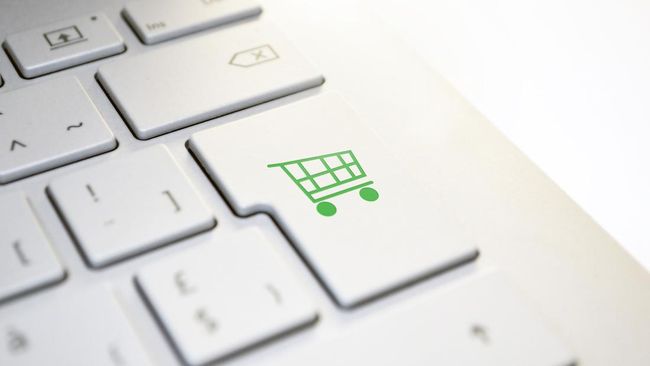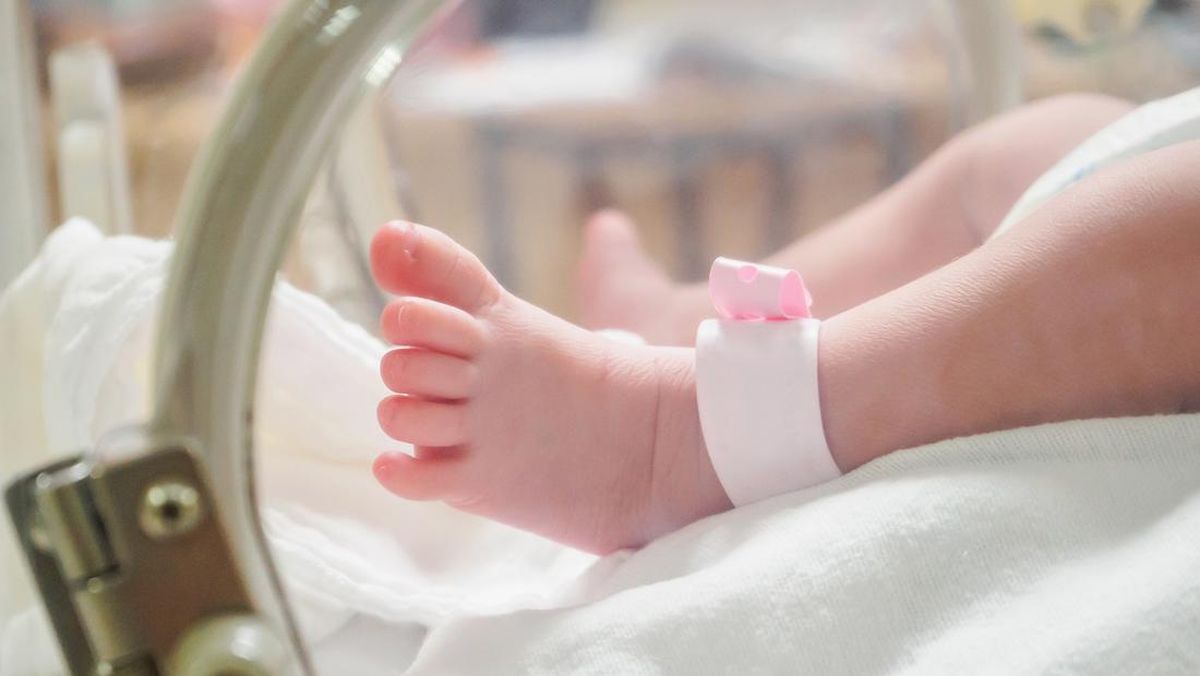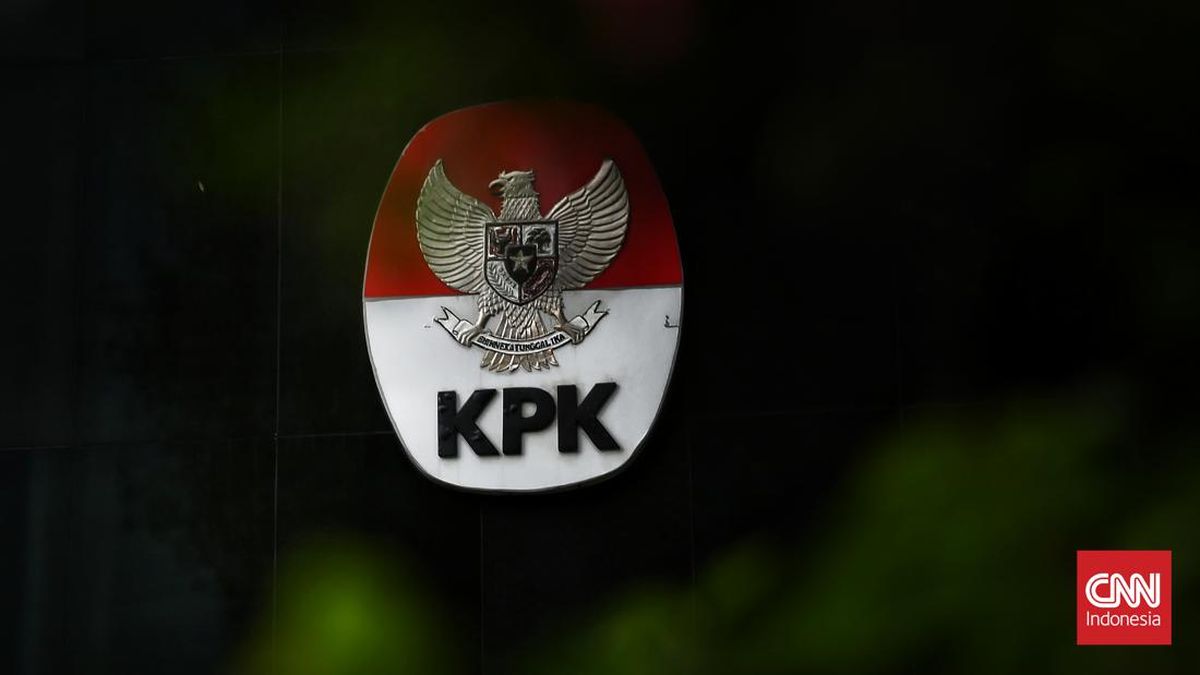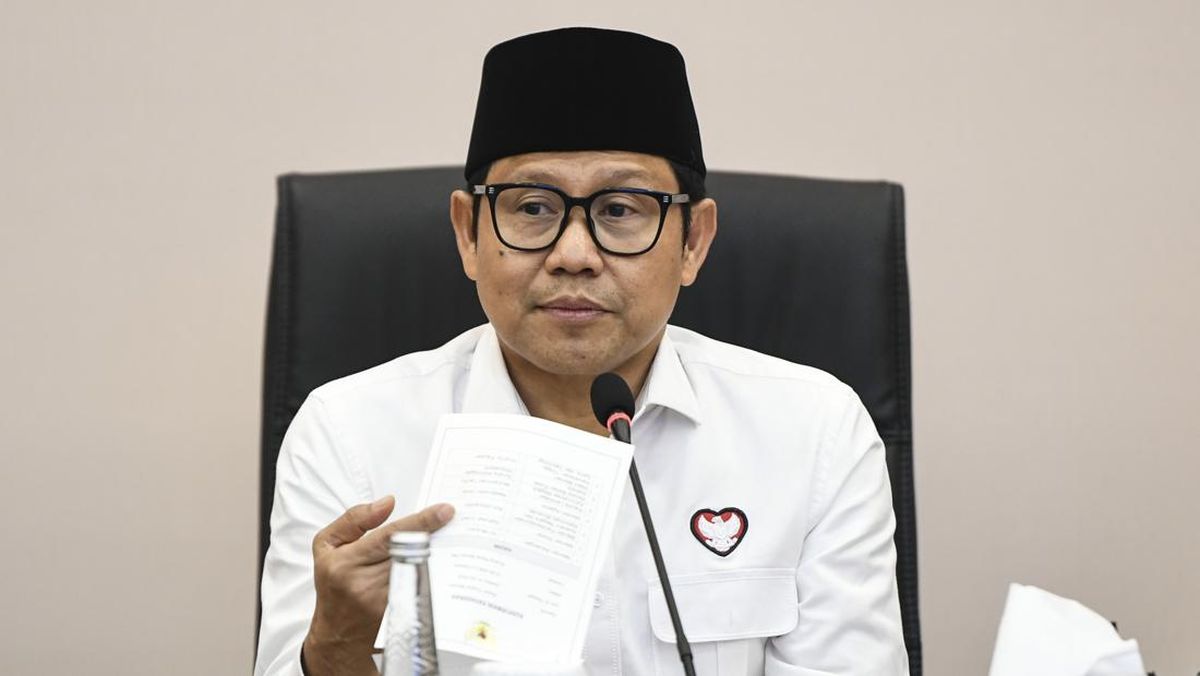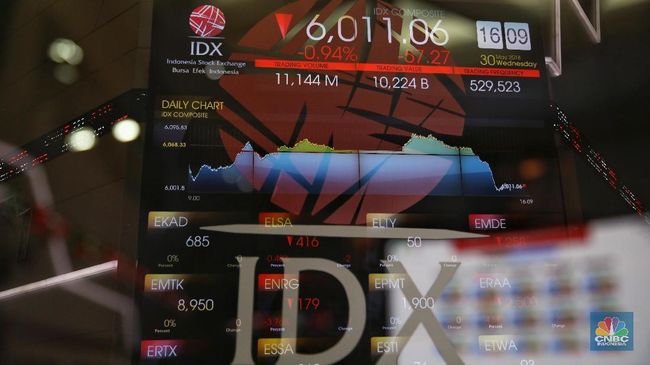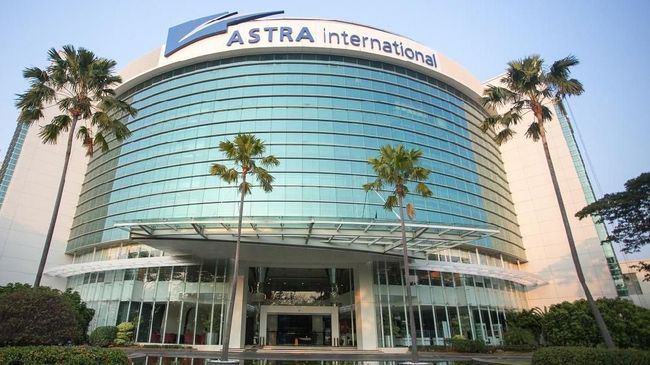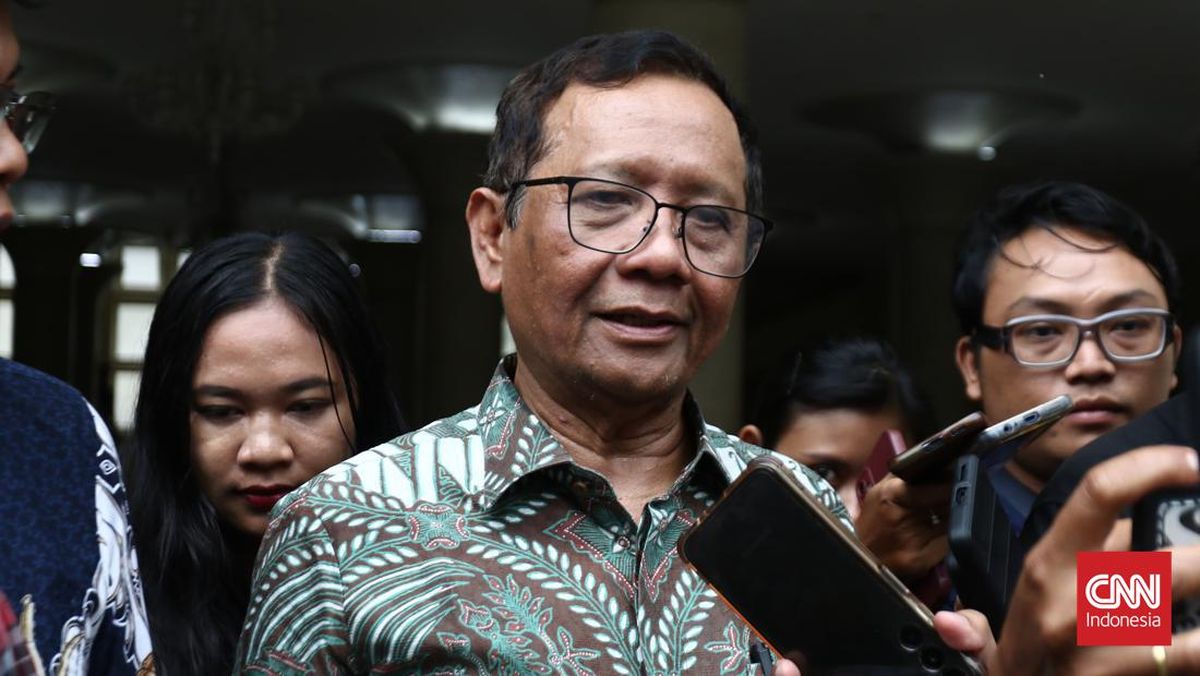In a move that could make life easier for folks using devices based on its operating systems, Google will eventually unify Android and ChromeOS, according to a high-ranking Google executive.
Merging the systems could have positive outcomes for customers using, say, a Chromebook and an Android cellphone, much like Apple users have seamless functioning among MacBooks, iPhones, iPads and Apple Watches.
"We're going to be combining ChromeOS and Android into a single platform, and I am very interested in how people are using their laptops these days and what they're getting done," Android president Sameer Samat said in an interview with TechRadar published over the weekend.
Samat did not give a timeline for unifying the systems. But the news comes just as Google has rolled out Android 16, whose new features include a Material 3 Expressive design that allows for more customization and a more robust experience with tablets. Samat told TechRadar it's the "biggest design change in Android in three or four years."
Google didn't immediately respond to a request for additional comment.
Jason Howell, former CNET staffer and currently co-host of the Android Faithful podcast, says the merging of ChromeOS and Android is inevitable.
"We've seen years of incremental changes paving the way for this," Howell told CNET. "It's not entirely surprising that Google finally made it official, but I'm glad they're being decisive about the transition. Apple's ecosystem integration is a huge strength, so it makes sense that Google wants a piece of that. Android has evolved a lot since its launch."
Howell added that combining the systems "will likely make everyday tasks much simpler for users, since they won't have to relearn how to do the same things on different platforms. This kind of consistency should reduce confusion and streamline the experience, especially for people who move between phones and different types of devices."
The Linux-based Android was launched in 2008 and is the most widely used mobile operating system in the world. ChromeOS came onto the scene three years later and is used with the Chrome web browser. The most popular cellphones using Android include devices from Samsung, Motorola and OnePlus, along with Google's own Pixel.
"Android and ChromeOS always felt like two ways to tackle similar challenges," Howell said. "ChromeOS for web-first, lightweight computing, and Android for mobile apps. Merging them lets Google focus its resources on one unified platform that works across devices."

 7 hours ago
3
7 hours ago
3
